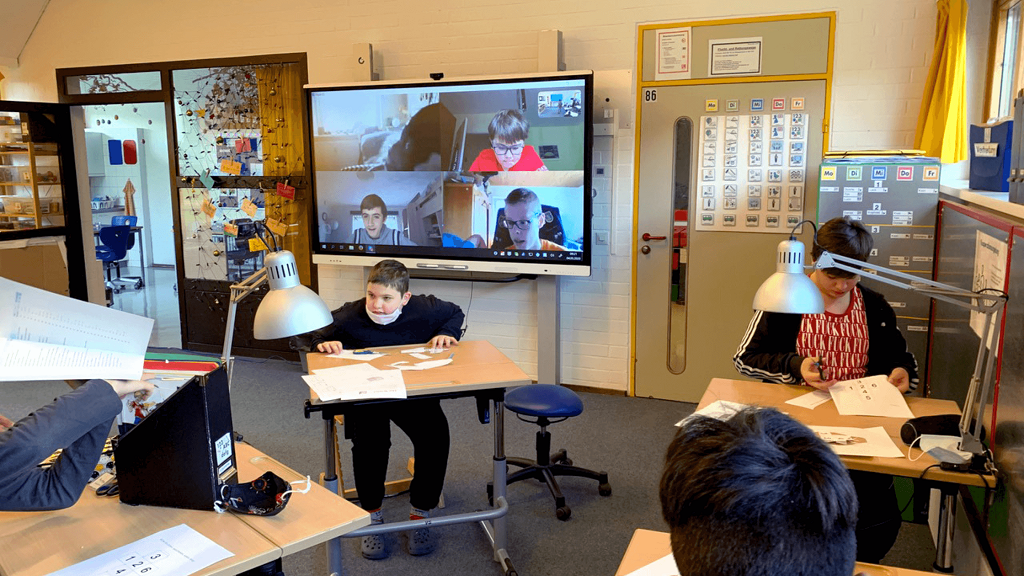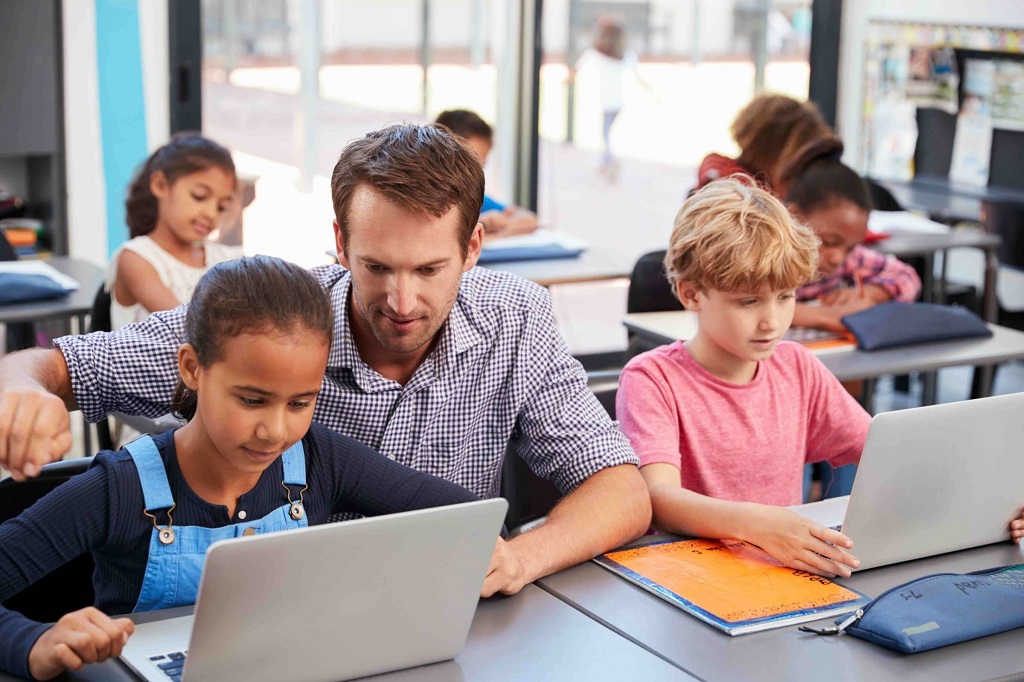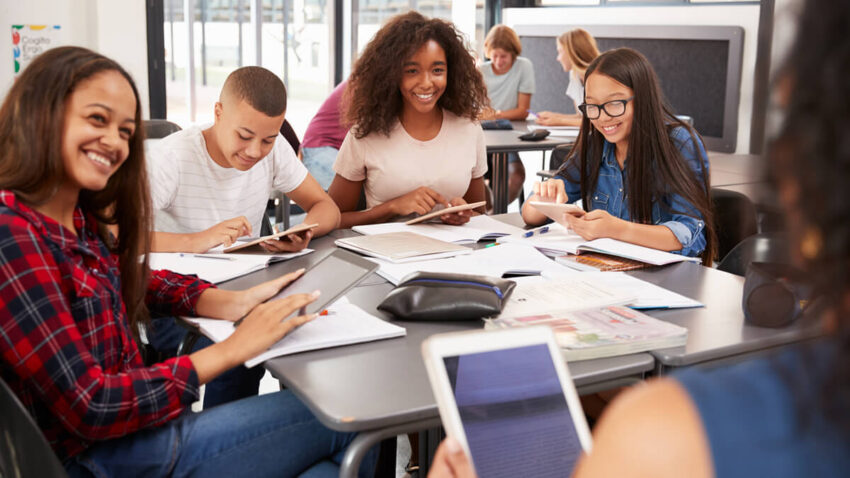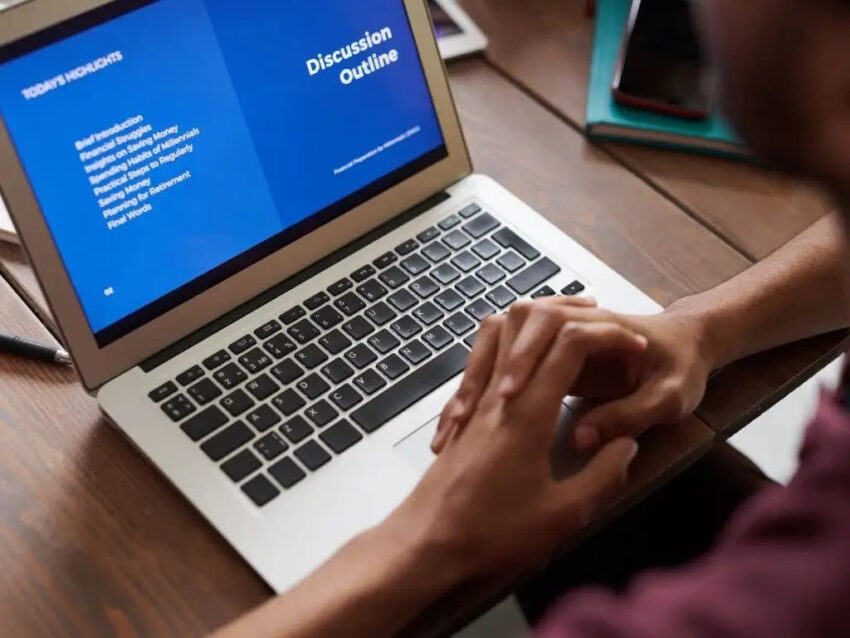Technology has fundamentally reshaped nearly every aspect of our lives, and education is no exception. While traditional classroom methods remain valuable, educators are increasingly embracing technology to create more engaging, interactive, and personalized learning experiences for students. This article explores various ways technology can be effectively integrated into the classroom, empowering educators and enriching the learning process for students of all ages.
Engaging Young Minds: Interactive Learning Experiences
Technology offers numerous tools to make learning more interactive and capture students’ attention:
- Interactive Whiteboards and Projectors: These tools transform static presentations into dynamic learning experiences. Educators can incorporate multimedia elements like images, videos, and interactive games to enhance understanding and retention.
- Educational Apps and Games: A vast array of educational apps and games cater to various subjects and learning styles. These interactive resources can make learning fun and engaging, while simultaneously reinforcing concepts and assessing student progress.
- Virtual Reality (VR) and Augmented Reality (AR): VR and AR technologies immerse students in simulated environments, allowing them to explore historical events, visit distant locations, or dissect virtual models in science class. These immersive experiences can spark curiosity and solidify learning.
- Online Collaboration Tools: Platforms like Google Docs or collaborative whiteboards allow students to work together on projects remotely, fostering teamwork and communication skills.
Personalizing Education: Meeting Individual Needs
Technology empowers educators to personalize instruction and cater to individual student needs:
- Adaptive Learning Platforms: These platforms use algorithms to adapt the learning experience to each student’s pace and understanding. Students receive targeted instruction on areas they need to improve while mastering concepts they already grasp.
- Digital Learning Resources: Online platforms offer a vast library of educational resources, including video lessons, articles, and interactive simulations. Students can access these resources at their own pace, reinforcing concepts covered in class or exploring topics of personal interest.
- Assistive Technologies: Technology can be a powerful tool for students with disabilities. Text-to-speech software, screen readers, and dictation tools can help students overcome challenges and actively participate in learning.
Beyond the Classroom Walls: Expanding Learning Opportunities
Technology breaks down the physical boundaries of the classroom, opening doors to a world of learning opportunities:
- Virtual Field Trips: Students can explore museums, historical sites, and even the natural world through virtual field trips. These immersive experiences offer a unique perspective on various subjects and can spark curiosity and a desire for further exploration.
- Global Collaboration: Online communication platforms allow students to connect with classrooms worldwide. This fosters cultural exchange, collaboration on projects, and the development of global communication skills.
- Flipped Classroom Model: Technology allows educators to pre-record lectures or tutorials for students to watch at home. This frees up valuable classroom time for interactive activities, discussions, and personalized instruction.

Effective Integration: Strategies for Success
While technology offers a wealth of benefits, its effective integration is crucial for successful learning outcomes. Here are some key strategies:
- Focus on Learning Objectives: Technology should never be the sole focus; it should be employed strategically to achieve specific learning objectives.
- Teacher Training and Support: Educators need training and support to effectively integrate technology into their lesson plans and utilize its full potential.
- Digital Citizenship and Safety: Educators must incorporate digital citizenship lessons to ensure students use technology responsibly and safely.
- Accessibility and Equity: It’s crucial to ensure all students have access to the necessary technology and digital resources to participate in tech-enhanced learning activities.
Related: How to Cite a Case Study in APA: A Comprehensive Guide
Conclusion: A Collaborative Journey
Technology is a powerful tool that can transform education, making learning more engaging, personalized, and effective. However, its successful integration requires a collaborative effort between educators, administrators, parents, and students. By embracing technology strategically and thoughtfully, educators can create a dynamic learning environment that empowers students to become active participants in their educational journey and lifelong learners.
Looking to Learn More?
Here are some resources to equip you on your journey to integrate technology into education:
- Educational Technology Blogs and Publications: Stay up-to-date on the latest trends and best practices in educational technology by following reputable blogs and publications.
- Online Courses and Professional Development Opportunities: Explore various online courses and professional development opportunities that can help educators develop the skills needed to effectively integrate technology in the classroom.
- Educational Technology Tools and Resources: Research a wide range of educational technology tools and resources designed to support specific learning objectives and grade levels.
By actively engaging with these resources and fostering a culture of continuous learning, educators can become technology champions, transforming classrooms into dynamic hubs of innovation and empowering future generations.





